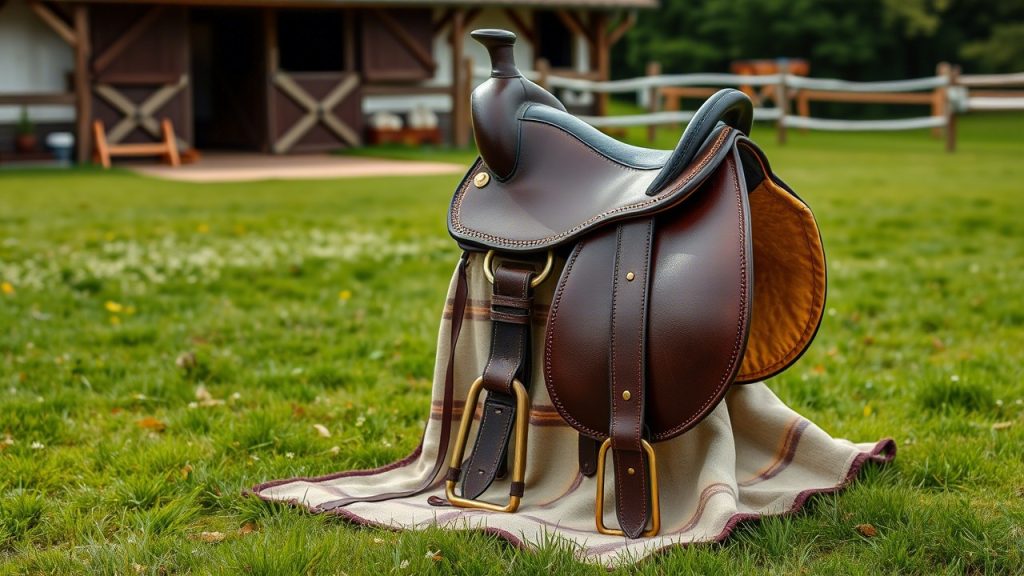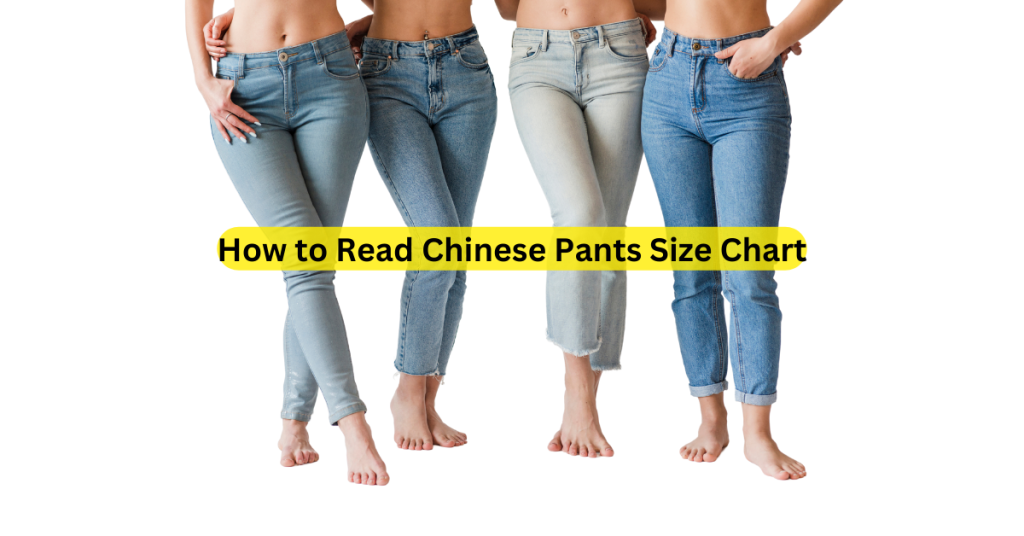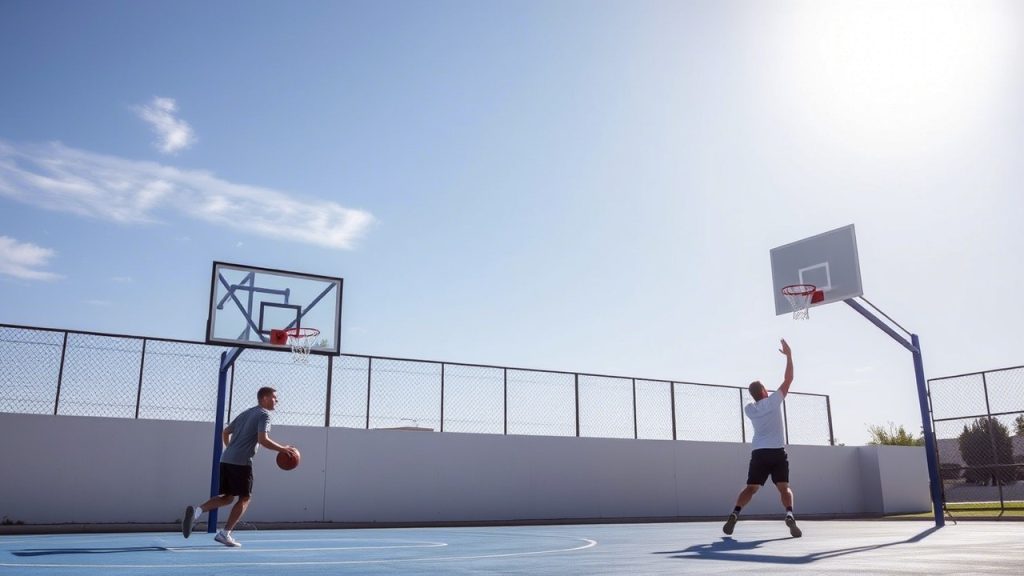Gaited horses, known for their smooth, four-beat gaits like the running walk or fox trot, offer riders a comfortable and rhythmic trail experience. Breeds such as Tennessee Walking Horses, Paso Finos, and Missouri Fox Trotters are prized for their fluid motion, but achieving that seamless gait requires more than just training it demands the right saddle. A poorly fitting saddle can restrict a horse’s shoulder movement, disrupt their natural gait, and cause discomfort for both horse and rider. We explore the 8 best saddles for gaited horses to improve fluid motion, ensuring your horse moves freely while you enjoy a secure, comfortable ride.
This post covers top saddles tailored to the unique conformation of gaited horses, tips for choosing the perfect fit, and answers to 9 frequently asked questions. Whether you’re a trail rider, endurance enthusiast, or competitive gaited horse rider, these saddles will help your horse perform at its best.
Why Saddle Fit Matters for Gaited Horses
Gaited horses have distinct anatomical features shorter backs, higher withers, and pronounced shoulder movement—that set them apart from non-gaited breeds. Their four-beat gaits, such as the running walk or rack, require exceptional flexibility through the back, loins, and shoulders. A saddle that pinches the shoulders, sits too far forward, or has overly long bars can stifle this movement, leading to choppy gaits, pacing, or even long-term discomfort.
The right saddle enhances fluid motion by:
- Allowing free shoulder movement to maintain even, four-beat gaits.
- Distributing the rider’s weight evenly to prevent pressure points.
- Providing a flexible tree or treeless design to accommodate the horse’s dynamic back motion.
- Fitting the horse’s unique conformation, including high withers and shorter backs.
With insights from expert saddle fitters, gaited horse trainers, and rider feedback from sources like Phoenix Rising Saddles and OwnTheHorse, we’ve curated a list of saddles that prioritize comfort, flexibility, and performance for gaited horses.
How We Selected the Best Saddles
To identify the 8 best saddles for gaited horses, we evaluated products based on:
- Fit for Gaited Conformation: Saddles with shorter bars, wider gullets, or flexible trees to suit shorter backs and high withers.
- Freedom of Movement: Designs that allow unrestricted shoulder and back motion, critical for four-beat gaits.
- Rider Comfort: Features like padded seats, balanced weight distribution, and secure stirrups.
- Durability and Materials: High-quality leather, synthetic, or Cordura materials for trail and endurance riding.
- Expert and User Feedback: Reviews from Saddlefitter.com, HorseandRider.com, and Reddit’s r/Horses community, plus real-world rider testimonials.
- Value for Money: Options across price ranges, from budget-friendly to premium.
Let’s dive into the saddles that will help your gaited horse move with grace and ease.
The 8 Best Saddles for Gaited Horses to Improve Fluid Motion
1. Circle Y Alabama Flex2 Trail Gaiter Saddle
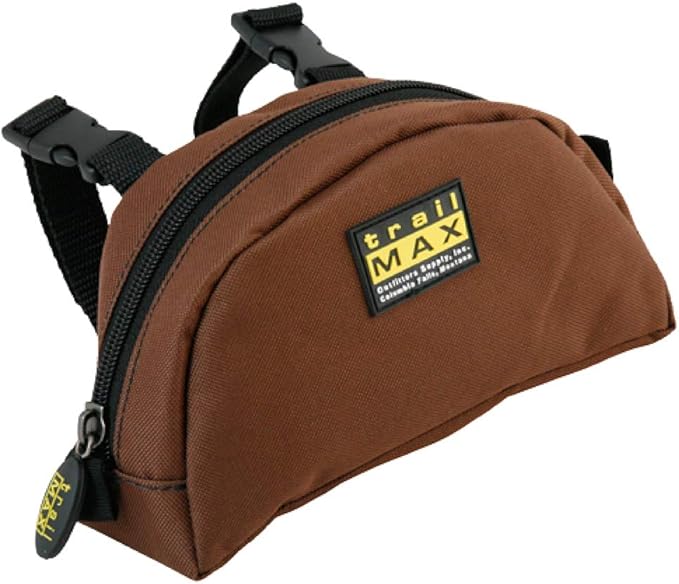
- Best For: Trail riding, long-distance comfort
- Key Features: Flex2 tree, round skirt, ErgoBalance stirrups
The Circle Y Alabama Flex2 Trail Gaiter Saddle is a top choice for gaited horse riders, designed with a flexible Flex2 tree that moves with the horse’s back. Its round skirt fits shorter-backed gaited breeds, preventing rubs, while the wide gullet accommodates high withers. OwnTheHorse reviewers praised its ability to minimize pinching and irritation, ensuring fluid motion for Tennessee Walkers and Missouri Fox Trotters. The ErgoBalance stirrups reduce rider fatigue, making it ideal for long trail rides. At 26–30 lbs, it’s lightweight for a Western saddle, balancing durability and comfort.
2. Julie Goodnight Blue Ridge Flex2 Trail Saddle
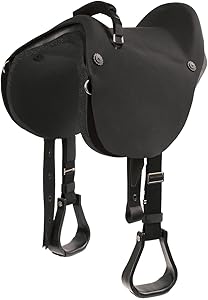
- Best For: Versatile trail and pleasure riding
- Key Features: Flex2 tree, equi-fit arch panel, deep seat
This saddle, endorsed by clinician Julie Goodnight, features a Flex2 tree and an equi-fit arch panel that evenly distributes weight across the horse’s back. OwnTheHorse noted its ability to conform to a gaited horse’s conformation, allowing free shoulder movement for smooth gaits like the running walk. The deep Comfort Cush seat and pre-twisted stirrups enhance rider security, while the short skirt suits Paso Finos and Rocky Mountain Horses. Riders on Reddit’s r/Horses appreciated its versatility for both gaited and non-gaited horses.
3. Big Horn Cordura Gaited Horse Saddle High Withers
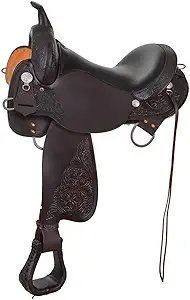
- Best For: Budget-conscious riders
- Key Features: Cordura material, high-wither tree, D-rings
The Big Horn Cordura Gaited Horse Saddle is an affordable option that doesn’t skimp on quality. Its high-wither tree and medium gullet (6.75 inches) fit gaited horses with pronounced withers, while the Cordura material ensures durability for trail riding. OwnTheHorse highlighted the D-rings for easy cinch attachment and the deep seat for rider comfort. At ~20 lbs, it’s lightweight and supports fluid motion by avoiding shoulder restriction, making it a favorite for Tennessee Walkers on a budget.
4. Circle Y El Campo Cordura Gaited Trail Saddle
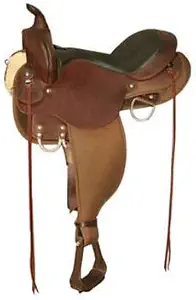
- Best For: Endurance and trail
- Key Features: Flex2 tree, round skirt, Comfort Cush seat
The Circle Y El Campo combines a Flex2 tree with a round skirt to fit shorter-backed gaited horses like Paso Finos. Its broad panels distribute weight evenly, reducing pressure points, as noted by OwnTheHorse. The Cordura material is lightweight (~22 lbs) and easy to clean, ideal for rugged trails. Riders report that this saddle enhances the fox trot and running walk by allowing full shoulder extension. The Comfort Cush seat keeps riders secure during long rides.
5. Stubben Siegfried Deep Seat Saddle
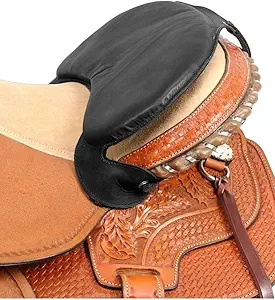
- Best For: English riders, competitive gaited horses
- Key Features: Adjustable tree, deep seat, flat panels
For gaited horse riders preferring English saddles, the Stubben Siegfried offers a medium, adjustable tree and flat panels to fit high-withered breeds like American Saddlebreds. OwnTheHorse praised its thumb-planes on the pommel and cantle, which keep riders centered during fast gaits like the rack. The deep seat supports precise control, ideal for dressage or show ring performance. Its design ensures shoulder mobility, promoting fluid four-beat motion.
6. Imus 4-Beat Saddle
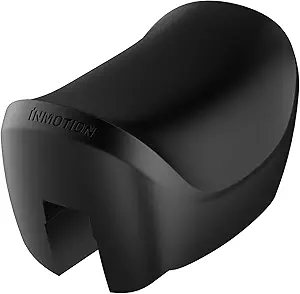
- Best For: Custom fit, all-day comfort
- Key Features: Flexible tree, short skirt, 14-day trial
The Imus 4-Beat Saddle, from Phoenix Rising Saddles, is tailored for gaited horses with a flexible tree that allows dynamic back movement. Its short skirt and wide gullet fit shorter-backed breeds like Missouri Fox Trotters, preventing shoulder pinching. Phoenix Rising Saddles offers a 14-day trial to ensure fit, with riders reporting improved gaits, such as smoother running walks, due to the saddle’s flexibility. The padded seat enhances rider comfort for long trail rides.
7. Freeform Treeless Gaited Saddle
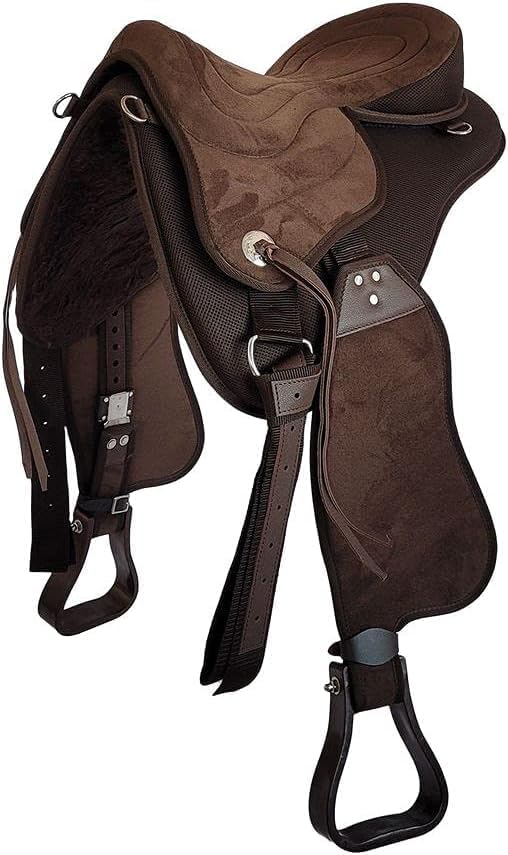
- Best For: Maximum shoulder freedom
- Key Features: Treeless design, custom pads, lightweight
Designed by a gaited horse rider, the Freeform Treeless Saddle is ideal for horses needing unrestricted shoulder movement. Treelesssaddle.com emphasizes its thin front pad insert, which allows full scapula motion, critical for even four-beat gaits. At ~10 lbs, it’s ultra-lightweight, reducing strain on the horse’s back. Gaited horse trainer Ivy Schexnayder noted that this saddle prevents pacing by supporting full front-end lift, making it perfect for trail riders over 50.
8. Steele Mountaineer Trail Saddle
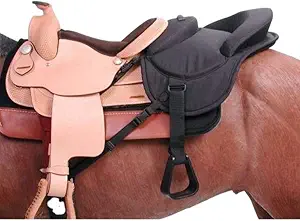
- Best For: Competitive and rugged trail riding
- Key Features: Customizable tree, round skirt, poleys
The Steele Mountaineer, praised by Steelesaddle.com users, fits a range of gaited breeds, from Rocky Mountain Horses to Paso Finos. Its customizable Steele tree ensures a precise fit, while the round skirt avoids pressure on short backs. Rider Laura Hark-Plumley reported winning multiple ACTHA competitions with this saddle, citing its ability to enhance her horses’ fluid gaits. The poleys add security for rough terrain, making it a top pick for competitive trail riders.
How to Choose the Right Saddle for Your Gaited Horse
Selecting a saddle that improves fluid motion involves understanding your horse’s conformation and your riding needs. Here are key factors to consider:
- Conformation Fit: Gaited horses often have high withers and shorter backs. Choose saddles with a 6.75-inch gullet and shorter bars (e.g., Circle Y El Campo) to avoid shoulder pinching. A professional saddle fitter can measure your horse’s back for precision.
- Tree Type: Flexible trees (e.g., Flex2 in Circle Y saddles) or treeless designs (e.g., Freeform) allow dynamic back movement, essential for four-beat gaits. Avoid rigid trees designed for trotting horses, which can restrict motion.
- Shoulder Clearance: The saddle must sit behind the scapula to allow full shoulder extension. Check clearance by lifting the horse’s front leg to mimic motion, ensuring the saddle doesn’t impede the scapula.
- Skirt Length: Shorter, round skirts (e.g., Big Horn Cordura) prevent weight distribution issues on short-backed gaited horses, unlike long Western skirts.
- Rider Comfort: Look for padded seats, balanced weight distribution, and adjustable stirrups (e.g., Julie Goodnight Blue Ridge) to reduce fatigue on long rides.
- Saddle Type: Western saddles (e.g., Circle Y Alabama) are popular for trail riding, but English (e.g., Stubben Siegfried) or endurance saddles work well for competitive or dressage-focused riders.
- Trial Periods: Brands like Imus and Steele offer trial periods or fitting support to ensure the saddle suits your horse’s movement. Take advantage of these to test gait quality.
- Professional Fitting: A saddle fitter can assess your horse’s movement under saddle, ensuring the saddle enhances rather than hinders their gait. Regular checks are vital as a horse’s shape changes over time.
Tips for Enhancing Fluid Motion with Your Saddle
- Check Saddle Placement: Place the saddle a hand or two behind the withers, ensuring the deepest part of the seat aligns with the horse’s center of gravity. Avoid placing it too far back, as this strains the back.
- Use Proper Padding: Pair treeless saddles with custom pads (e.g., Freeform’s thin-front pads) to support shoulder movement. For treed saddles, use thin, breathable pads to avoid excess bulk.
- Ride at the Breaking Point: Practice riding at a fast, swinging walk just below the point where your horse breaks into a trot or pace. This “walking into gait” technique, recommended by Phoenix Rising Saddles, strengthens muscles for smooth transitions.
- Maintain Flexibility: Incorporate warm-up routines and stretches (e.g., carrot exercises for neck flexibility) to keep your horse supple, enhancing gait quality.
- Regular Saddle Checks: Reassess saddle fit every 6–12 months, as a horse’s muscle development can alter fit. A fitter can adjust or recommend shims if needed.
- Use Mild Bits: Avoid severe bits that cause tension, as relaxation is key to fluid gaits. A mild curb bit, as suggested by Phoenix Rising Saddles, supports a relaxed neck and back.
Common Myths About Gaited Horse Saddles
- Myth: Gaited horses need “special” saddles.
Truth: Any well-fitting saddle can work, but gaited-specific saddles (e.g., with shorter bars) often better accommodate their conformation. HorseandRider.com emphasizes fit over marketing hype. - Myth: All gaited saddles are Western.
Truth: English, endurance, and treeless saddles (e.g., Stubben Siegfried, Freeform) are excellent for gaited horses, depending on riding style. - Myth: A gaited saddle guarantees a smooth gait.
Truth: Saddle fit, rider balance, and training are equally important. A poorly fitted “gaited” saddle can worsen gait issues.
Frequently Asked Questions
1. Why do gaited horses need specific saddles?
Gaited horses often have shorter backs and higher withers, requiring saddles with shorter bars, wider gullets, and flexible trees to allow free shoulder and back movement. This enhances their four-beat gaits, like the running walk or fox trot.
2. How do I know if a saddle fits my gaited horse?
Check for shoulder clearance by ensuring the saddle sits behind the scapula. Ride for 20 minutes, then confirm the saddle doesn’t rest on the withers or cause pressure points. A professional fitter can verify fit.
3. Can I use a non-gaited saddle on a gaited horse?
Yes, if it fits properly. English, endurance, or Western saddles (e.g., dressage saddles for Thoroughbreds) can work if they allow shoulder movement and fit the horse’s conformation.
4. What’s the best saddle tree for gaited horses?
Flexible trees (e.g., Flex2 in Circle Y saddles) or treeless designs (e.g., Freeform) are ideal, as they accommodate the dynamic back motion needed for four-beat gaits. Avoid rigid trees designed for trotting horses.
5. How does a saddle affect my horse’s gait?
A poorly fitting saddle can pinch shoulders or restrict back movement, causing pacing or choppy gaits. A well-fitted saddle (e.g., Imus 4-Beat) supports full shoulder extension, promoting even, fluid motion.
6. Are treeless saddles better for gaited horses?
Treeless saddles (e.g., Freeform) can enhance shoulder freedom, ideal for gaited horses, but require proper padding to avoid pressure points. They’re not universally better—fit depends on the horse and rider.
7. How often should I check my saddle’s fit?
Check fit every 6–12 months, as muscle development or weight changes can alter fit. A professional fitter can adjust or recommend shims to maintain comfort and gait quality.
8. Can rider position affect gaited horse movement?
Yes, sitting too far forward or gripping with thighs can restrict shoulder movement, disrupting gaits. Sit with a slightly tucked pelvis and open shoulders, as advised by Phoenix Rising Saddles.
9. What’s the best saddle for a high-withered gaited horse?
Saddles with a 6.75-inch gullet and high-wither clearance, like the Big Horn Cordura or Stubben Siegfried, fit high-withered gaited horses, ensuring no pressure on the withers.
Conclusion
The right saddle can unlock your gaited horse’s full potential, enhancing their smooth, four-beat gaits for a comfortable and enjoyable ride. From the budget-friendly Big Horn Cordura to the premium Steele Mountaineer, these 8 best saddles for gaited horses prioritize fit, flexibility, and rider comfort to improve fluid motion. Work with a professional fitter, test saddles when possible, and pair your saddle with proper training and rider balance to achieve the smoothest gaits.
Ready to elevate your gaited horse’s performance? Visit a local tack shop, explore trial periods from brands like Imus or Steele, or consult a saddle fitter to find the perfect match for your horse. With the right saddle, you and your gaited horse can glide through trails or competitions with ease.
Happy riding!

